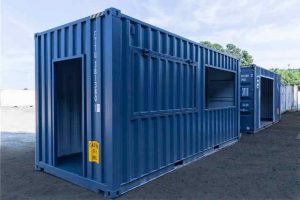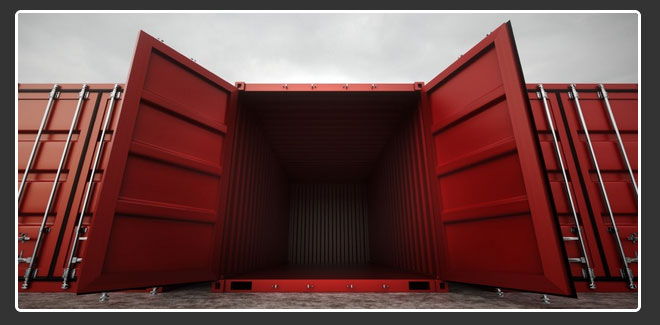The Guide to The Best Accessories for Your Custom shipping container

Six Accessories to Aid in Securing Your Shipping Container
- Fortified lockbox: If you have a lockbox, then you should consider adding an extra steel box. This will improve your security by shielding the lock from bolt cutters and tampering.
- Lifting jacks: Create ground clearance by placing the corners of the container on some blocks. Blocking includes railroad ties or cinder blocks. This will help you lift the container when you need to. Take note that a custom shipping container lifting jack is different from a hi-lift jack. A hi-lift jack is made for different use and thus cannot handle the weight of a shipping container. You are bound to cause an accident if you use it.
- Chassis: Are you planning to relocate? Purchasing a chassis may be a good option for you. It is a special crane or forklift that is capable of lifting a custom conex box. If you plan to move with any frequency, it’s worth getting one of your own. It can handle the weight of the contents of the shipping container and the shipping container itself.
- Twist locks: Ground plates have twist-locks that help to secure the shipping container to the foundation in a faster way. You will just have to bolt the plates to the concrete and lower the container for the castings to line with the twist locks. Secure the container by pulling the lever on the twist locks. These locks can help secure the containers that are stacked up. These work for containers that are perfectly stacked in ports or on ships. They can also work for multi-story container buildings.
- Bridge fittings: This is in reference to fittings that are for multi-unit container structures. Please note that seismic and winds events can damage containers by simply rocking them. If you want to protect the shipping containers from this type of damage, make sure you stack the multi-unit container-based structures with bridge-fittings. This will hold them in place and prevent them from toppling over and damaging. The extra structural security is important because it helps the additional containers get stacked on multi-wide structures. If a person wants to make the multi-wide structures a building, then the bridge-fittings will be secure and snug.
- Built-in shelves: If you will be storing items in the container, make sure you organize the container with shelves. You can secure the shelves during relocation to prevent time wastage and make sure you are ready to use the container once you reach your location.
Regardless of what exactly you do, any modification you make are going to make your life easier. It’ll be well worth it down the road when you think about all the time and energy you’ve been able to save thanks to one or two simple things.

 Have you ever wondered about the history and background story of shipping containers? Since they were created there has been a huge transformation in the way goods are sold and distributed around the world. They have truly revolutionized global trade, the world is a different place since their advent. They have helped make global trade far more efficient, they pass through international waters and enter different countries at every moment of every day.
Have you ever wondered about the history and background story of shipping containers? Since they were created there has been a huge transformation in the way goods are sold and distributed around the world. They have truly revolutionized global trade, the world is a different place since their advent. They have helped make global trade far more efficient, they pass through international waters and enter different countries at every moment of every day. Do you have a lot of cargo to transport? You might be wondering, what size do I need my custom containers? What kind of max carry weight do I need? Are their even different types of storage containers? It is good to be aware of what all is out there so you can make the BEST choice for your own needs. The weight and dimensions will often affect the type of things that can be stored in it. At
Do you have a lot of cargo to transport? You might be wondering, what size do I need my custom containers? What kind of max carry weight do I need? Are their even different types of storage containers? It is good to be aware of what all is out there so you can make the BEST choice for your own needs. The weight and dimensions will often affect the type of things that can be stored in it. At